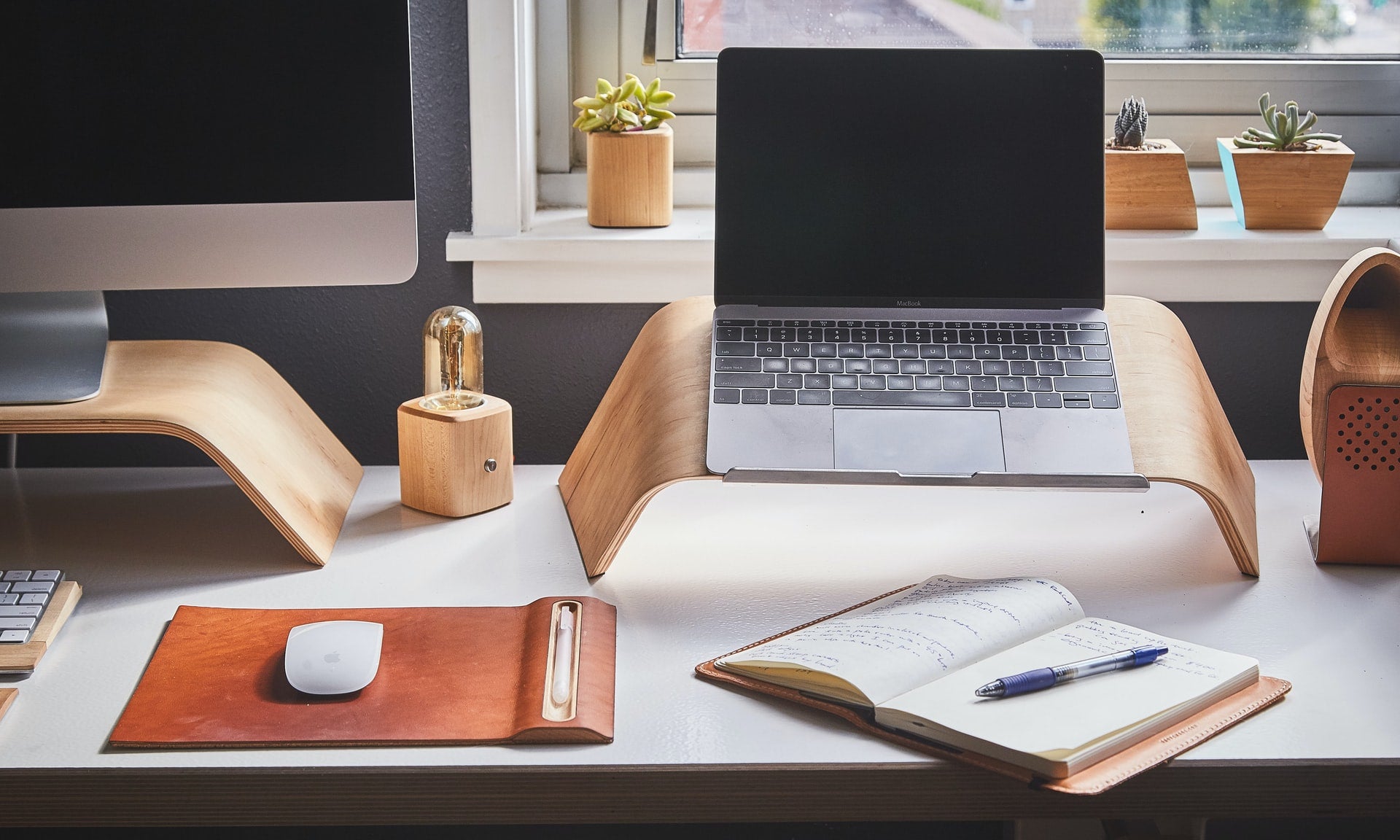Between conducting Zoom meetings with colleagues, supervising kids’ online schooling, and watching Tiger King, The Last Dance, and all the other recently released binge-worthy streaming shows, it’d be understandable if your eyes were feeling the strain, literally. The third item on that list – watching TV – might be optional, but the first two aren’t. So if simply cutting down your screen time isn’t enough, what can you do to save your peepers? That’s what we’ll dive into in this article.
When you’re stuck in front of a screen for six, eight, or even 10 hours a day, your vision is primarily concentrated just a few inches in front of your face. The eye is one of the most complex and sophisticated parts of the human anatomy, and so of course, it’s able to zoom in just like your digital camera would. But unlike a camera, which could be focused on nearby objects for a long photoshoot without any ill effects, there are adverse consequences from having your eyes do the same. These include blurred vision, difficulty focusing on things in the distance, floaties, headaches, sore eyes, and many more.
It used to be bad enough that we’d stare at our work desktop or laptop screen for the majority of the work day. But with the mass adoption of cell phones and tablets, many of us have a screen with us morning, noon, and night. And we know from insightful books like Irrestistible by Adam Alter that the typical American adult touches and looks at their so-called smart phone every 6.5 minutes. Then we add in another layer of additive technology: the proliferation of social media.
Recent data suggests that the total user count for the three platforms run by Mark Zuckerberg now totals a whopping three billion people. Figures from the Center for Humane Technology suggest that people who use two or more social platforms daily are devoting an hour and 53 minutes to posting, liking, sharing, and commenting. This is a big contributor to the increasing total time we spend on screens each day, which had ballooned to an average of 11 hours even before the COVID-19 shutdown, which has likely sent that number skyrocketing even higher. And while some tech optimists might point to the new time-tracking features that apps and phones offer, these have done little, if anything, to stem the tide. No wonder then that only one in ten people who responded to a survey conducted by RescueTime said that they felt in control of their day.
With this persistent overuse of technology, it’s perhaps inevitable that our eyes feel sore and tired all the time. Part of the issue is that not only do we spend most of our waking hours with our eyes’ lenses zoomed into what’s going on directly in front of us, but we rarely reset them by zooming back out again or capturing movement in our peripheral vision. This goes a long way to explaining the rise in cases of myopia. According to an article in The Irish Times, around 2.5 billion people worldwide currently struggle with short-sightedness, with that figure expected to grow to five billion (with up to a million new cases a week) by 2050.
So if we can agree that our society has a real problem on its hands here, the next question becomes, “What are we supposed to do about it?” The obvious answer is finding ways to reduce or eliminate optional screen time and get a handle on social media use. But beyond that, there are some other strategies you can employ to help your eye health. The first is to schedule regular breaks from all your screens. Sure, you don’t want to break out of a flow state when you’re in the zone with an important project, and you can hardly hop off a mandatory Zoom meeting halfway through.
Yet there are plenty of other occasions in which you could find a reason to push away from your keyboard or put your phone down. Go grab another coffee, walk to your mailbox, or refill your water glass. Sure, that 64-ounce Yeti bottle is convenient and can keep you hydrated all day long. But maybe inserting some friction into your workday routine could actually be beneficial, like switching it out for a smaller mug. That way you’ll be forced to top back up more regularly, which means more screen breaks and also more movement.
If there are times when you can’t leave your desk, try to stare out the window and fix on a point in the middle distance for at least 20 seconds every 20 minutes. Then extend your gaze out to the horizon for the same amount of time. Admittedly, you might have to move your desk (which is, we hope, a standing or convertible one), but it will be worth it when your eyes aren’t killing you at the end of the day.
Bonus points if you’re able to look at grass, trees, or something else natural during these zoom-out moments. Research shows that looking at greenery can help you switch from a sympathetic (flight/flight/freeze) state to a parasympathetic (rest/digest) one in as little as 45 seconds. Stuck at your desk? Then set a photo of mountains or the ocean as your desktop background, or hang a photo of a natural scene on your office wall and study its different colors and shades several times throughout the day. In this way, beauty truly is in the eye of the beholder (and their lack of eye strain and low stress levels).




















